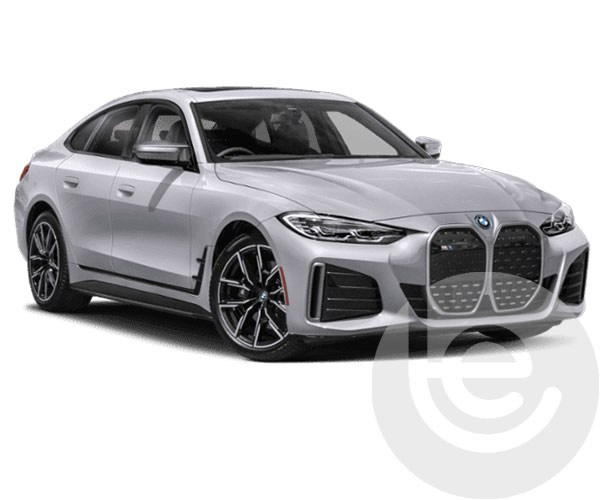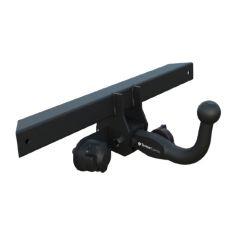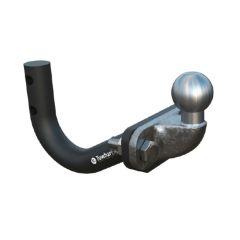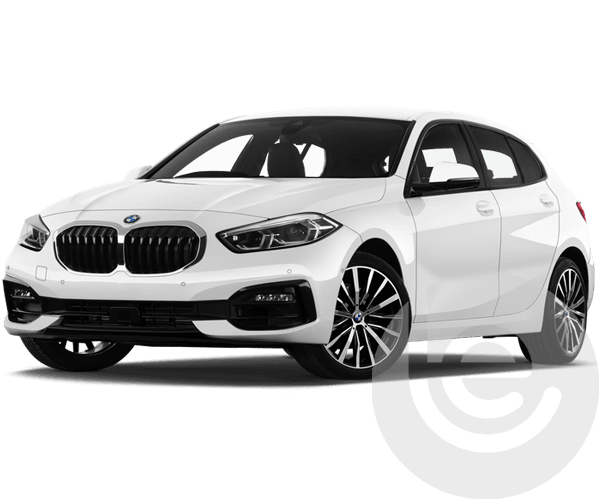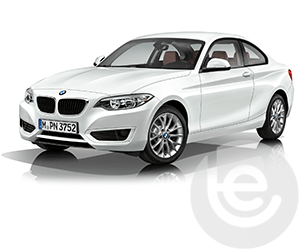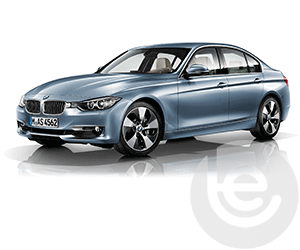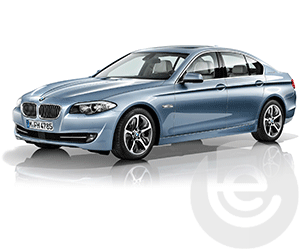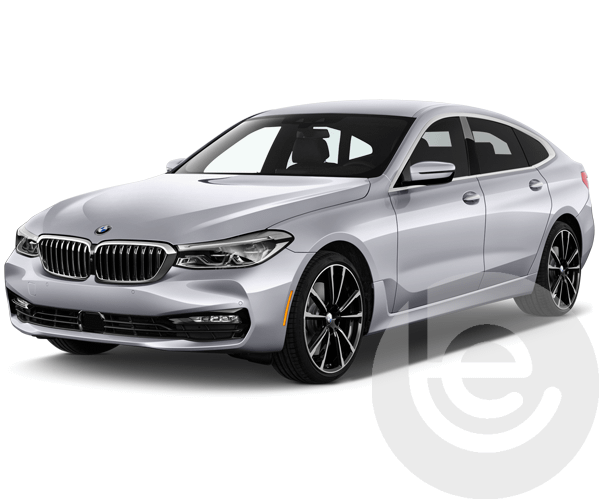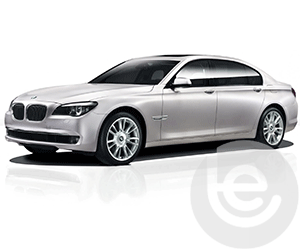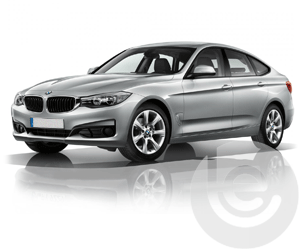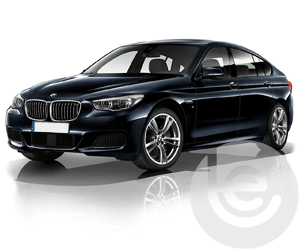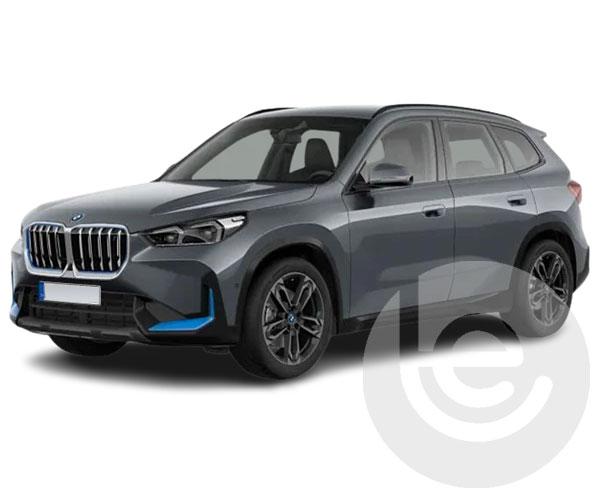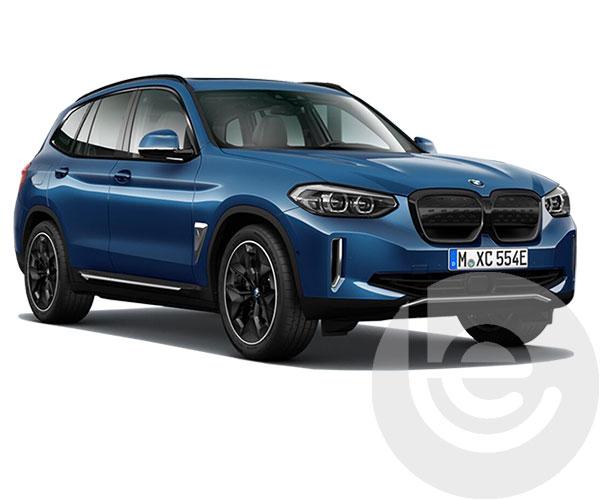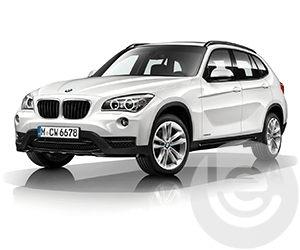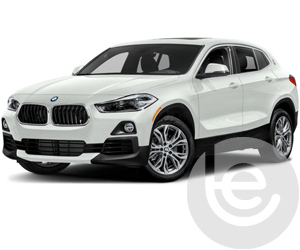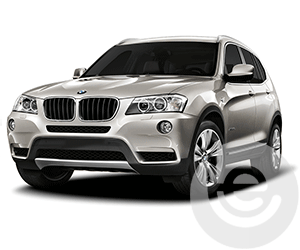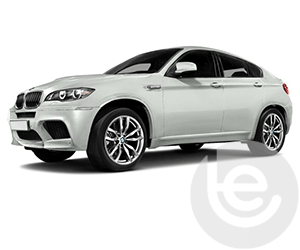More about the BMW i4
The battery itself is located under the floor of the vehicle, which prevents it from imposing on any storage space within the vehicle. The range on the battery found in the eDrive 40 is 367 miles, should you choose to upgrade to the M50 model the range drops to 318 miles due to the heavier design.
The interior of the vehicle lives up to BMW’s luxury standard, with the combination of a stylish finish and practical perks you can travel comfortably for miles at a time. The driving position sits you close to the road and is highly adjustable to suit every driver. The infotainment set-up features BMW’s latest iDrive system, which is based on a new operating system with pin-sharp graphics.
For the passengers within the vehicle, you have plenty of leg and headroom along with an abundance of internal storage. The boot capacity is sizeable with underfloor storage space for the battery charging cables.
The i4 is a brilliant choice if you are wanting to test the EV waters whilst remaining discrete. The body shape itself is very similar to the 4 Series Grand Coupe, maintaining the sporty look of the vehicle with sleek edges and angled lights. With seven different versions of the vehicle, there is certainly plenty of options to choose from.
What’s the Towing Capacity of The BMW i4?
The towing capacity for the BMW i4 is up to 1600kg, allowing it to tow a cycle carrier, trailer, or small caravan. It is important to remember that not all Electric Vehicles are homologated to tow, so you must refer to the VIN plate on your vehicle before booking your towbar fitment. Please bear in mind the addition of a towbar to your Electric or Hybrid Vehicle may impact the range that the battery is capable of.
Which Towbar is best for my vehicle?
A fixed flange towbar is an excellent choice for those who don't ever wish to remove the towbar off the vehicle, as the fixed flange towbar is a permanent towbar. However, please note the chunkier design of the BMW i4 means that parking sensors are more likely to detect the towbar when in reverse, causing the sensors to react accordingly. The fixed flange towbar is an excellent option for anyone wanting to add additional towing accessories to their towbar, as the flange is equipped with a bolt-on plate that allows for extras to be bolted on to. This plate allows for accessories such as bumper protector plates and bolt-on cycle carriers to be fitted and used simultaneously to use the towball to tow. The fixed flange towbar is compatible with all styles of cycle carriers, trailers, and most caravans. If a caravan is fitted with an ALKO stabiliser, then an ALKO ball must be purchased prior to fitment for the towbar to attach.
The fixed swan neck is another permanent towbar, meaning it cannot be removed once towing has been completed. However, due to the thinner design of the towbar, it is a lot less likely to cause any issues with the parking sensors when in reverse. The fixed swan neck towbar can be used with all trailers, clamp-on style cycle carriers and all caravans. An ALKO towball is not required on the fixed swan neck when towing a caravan with an ALKO stabiliser.
The detachable swan neck towbar is ideal for an BMW i4 with rear sensors fitted as the towbar neck can be removed when towing has finished.
The Detachable towbar allows for the vehicle's aesthetics to be unchanged when the neck is removed as the towbar becomes practically invisible. The detachable can be easily removed using a twist and push method but can also be locked with a key to protect it from theft. The detachable swan neck towbar is also compatible with clamp-on style cycle carriers, trailers and caravans. It is also ALKO compatible, meaning no ALKO towball would need to be purchased when towing a caravan with ALKO stabilisers.
Will it require a bumper cut?
Before fitment of your towbar, we will need to remove the bumper however, the good news is that we won't have to cut the bumper.

How do I book a Towbar Fitment?
We know our customers lead busy lives, which is why our engineers will come to you, offering home or workplace appointments. Choose a morning slot from 8 am to 12 pm or an afternoon slot from 12 pm to 6 pm. Our team is dedicated to fitting your towbar at a time that suits you, completing the service efficiently in as little as one hour (up to five hours depending on your vehicle).
Getting a quote is hassle-free—simply search for your vehicle below or enter your registration number and postcode above. Booking is a breeze online, select your preferred date, time, and location and we will take care of the rest. We bring everything required for the job in one appointment, ensuring a seamless experience. Plus, if you order any cycle carriers or accessories along with your towbar, our engineer will bring these with them on the day.
Why choose Towbar Express?
With over 30 years of industry-leading experience, at Towbar Express, know what we're doing. Our commitment to excellence is unmatched—we exclusively employ our highly skilled towbar engineers, guaranteeing superior service tailored to your needs. Unlike other providers, we never outsource our work, ensuring meticulous attention to detail and unmatched quality every time.
Our engineers undergo continuous training to stay ahead of the curve, ensuring they possess the latest knowledge to handle new vehicle makes and models with ease. At Towbar Express, we're dedicated to understanding every aspect of your vehicle, providing you with peace of mind and confidence in our service.
Don't just take our word for it—our extensive collection of Trustpilot and Google reviews speaks for itself. With thousands of satisfied customers leaving us glowing 5-star ratings, each review reaffirms our unwavering commitment to excellence. Experience the difference with Towbar Express today and join our ever-growing list of delighted customers!



